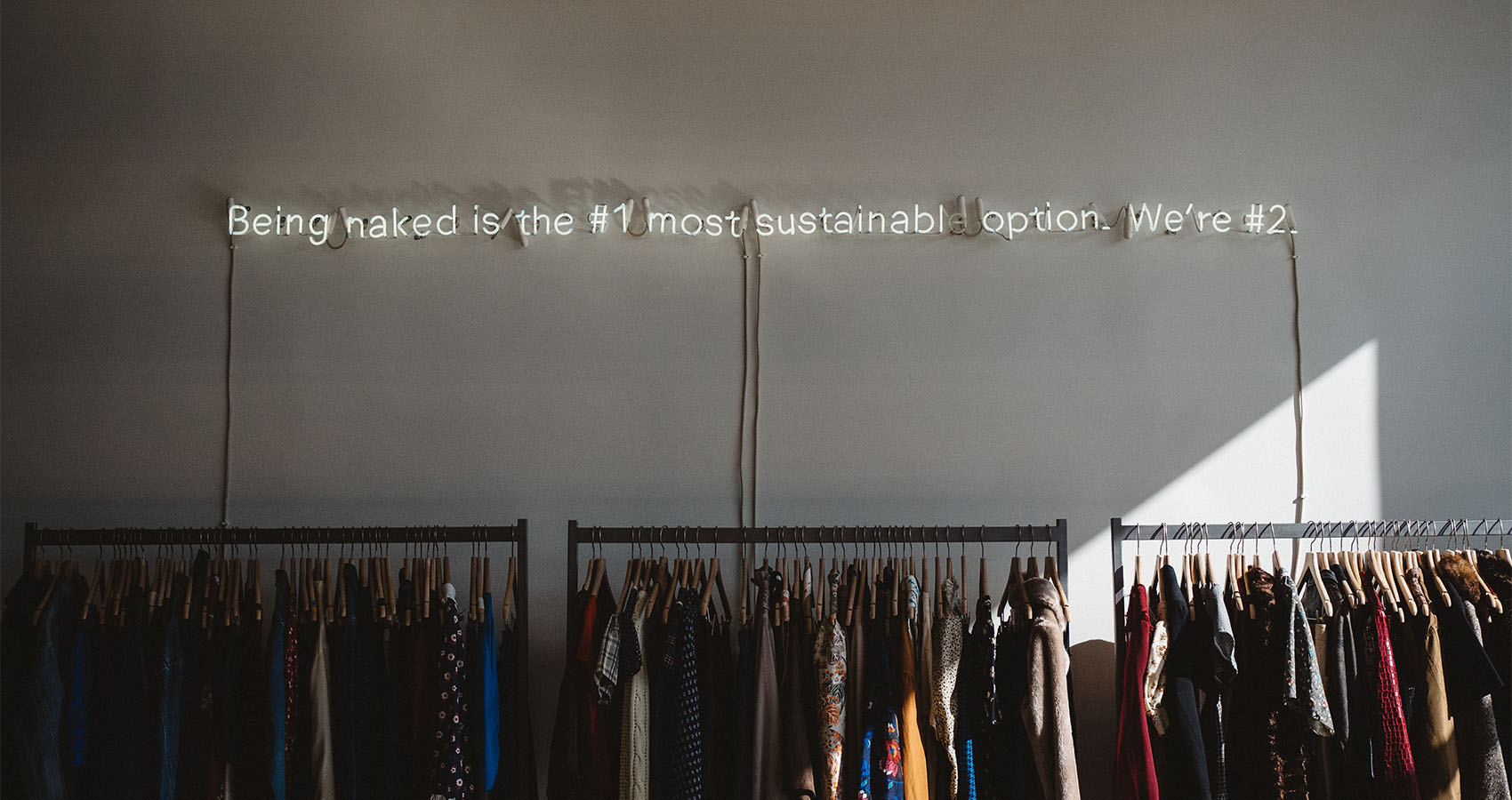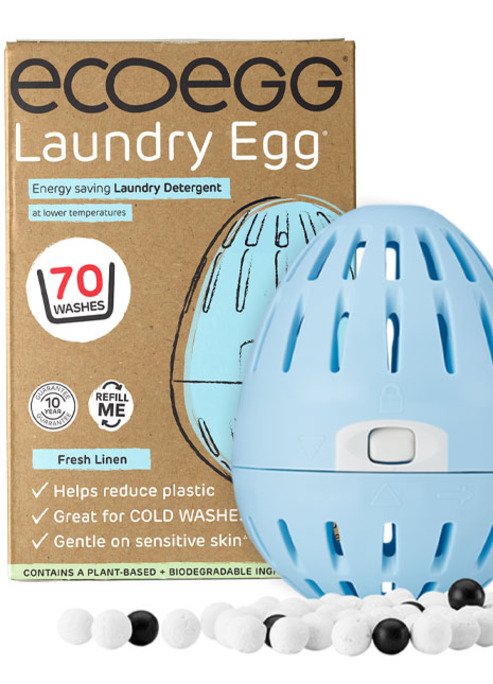
Stop, We're Moving Too Fast - The Rise Of Slow Fashion
We can make a difference.
The rate of production, the speed of purchase, the journey from wardrobe to landfill — all of which are fast. The fast fashion business model operates by replicating high-fashion designs and mass-producing them at a low cost. Fast fashion retailers argue that their existence is merely a response to consumer demand for high fashion at a low cost, though if we are to invert the age old adage “one man’s loss is another man’s gain,” those losing are the garment workers and those which stand to gain multi-million pound profits are the fast fashion retailers.
In the past two years, BBC Three and Channel 4 have offered viewers exclusive insights into the inner workings of two of the major players in the fast fashion industry, which unsurprisingly, did very little for brand image. The exploitation of garment workers is apparent from the offset, which occurs on a national and global scale. Part of Leicester’s garment industry employment has become detached from UK employment law, where £5 an hour is considered top wage. A micro economy now exists where larger factories using machines are being outcompeted by smaller rivals using underpaid human labour.
These are referred to as “dark factories,” the average wage at these factories being £4.72 an hour, when as of April 2020, the National Living Wage in the UK is £8.72 for those 25 years and over, in accordance with the gov.uk website. Retailers do audit their suppliers, however there is the issue of unauthorised subcontracting, where factories are able to present books that appear clean by under-recording hours. When examining the exploitation of garment workers on a global scale, we must consider Bangladesh, which boasts the second largest garment industry in the world behind China. In Bangladesh, only 14.8% of workers received full pay in April 2020 and many risk being homeless. Furthermore, those who have had to work throughout the pandemic have often returned to the same cramped factory conditions that were in place before COVID-19.
In the wake of climate change, media outlets have dedicated more time and resources to educating readers on the negative environmental impact of the fast fashion industry. Often these brands use synthetic fibres like polyester, acrylic and nylon, made from non-renewable fossil fuels. When we wash these synthetic fibres they release micro-plastics as the fibres break down, which pollute our water system. To combat this issue, as consumers, we can opt for natural fibres where possible. However, the most pressing issue is wastage. Lower prices have given consumers higher purchasing power, thus people are buying more. On average, consumers bought 60% more garments in 2014 than they did in the year 2000.
Black Friday saw fast fashion retailers slashing garment prices to as low as eight pence in the sales, sustaining the ‘wear once’ culture these retailers have created. The early death of the high street due to the global pandemic has certainly affected fast fashion retailers, with Zara closing over a thousand stores and the Arcadia Group going into administration, however this has had little effect on those retailers operating solely online.
Thankfully the slow fashion movement has made its resurgence, with those in the fashion industry keen to tackle the problem of wastage. The Thirty Wears campaign was first introduced by Livia Firth, and follows the idea that when buying a product, we should ask ourselves “will I wear this thirty times?” Now while this may not always be feasible, it’s all about reframing our thinking, so that we view clothing as an investment, rather than as something disposable. The average lifespan of a piece of clothing is around three years, but we can look to increase this by investing in pieces with greater longevity.
The rise of social media has offered emerging designers and smaller sustainable brands a voice and a platform, accessible to younger consumers. Though there have been several instances of larger fast fashion retailers replicating the designs of independent creatives, this has been an issue for decades, which is beginning to lessen as consumers are now holding these brands accountable. Generation Z are leading the way, keen to educate themselves and others on the negative impacts of fast fashion.
The 2019 First Insight report on ‘The State Of Consumer Spending’ showed that 54% of Gen Z are willing to spend 10% more on sustainable products, compared to 34% of Generation X. Peer to peer marketplaces like Depop and eBay have continued to rise in popularity and are making shopping sustainably that much easier. Scouring through the pages of eBay to find one of a kind vintage designer pieces, without those extra noughts on the price tag, offers a unique shopping experience. Not only does this way of shopping reduce the amount of wastage, but encourages the use of fashion as a form of self expression, as opposed to the accumulation of throwaway garments that expire each season.
We’re moving away from a culture of waste, and turning full circle as we are becoming more environmentally conscious on a global scale. The year 2020 and the impact of COVID-19 has reminded us all that we don’t have to be travelling at a hundred miles an hour, we can and should take the time to slow down, in every sense of the word.











